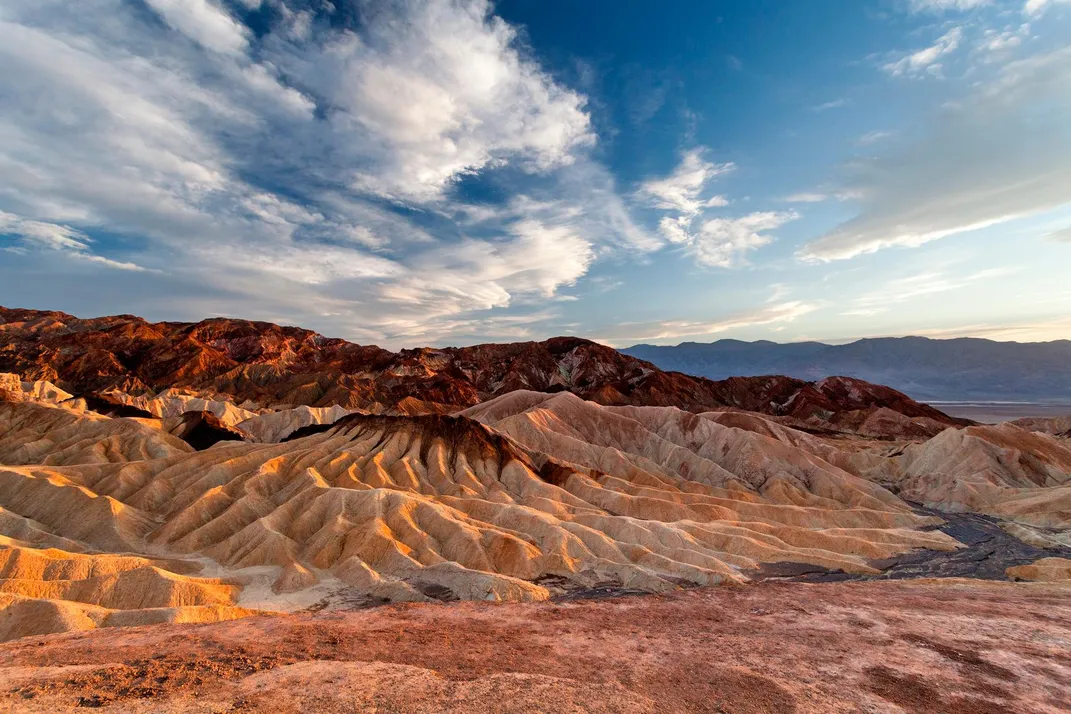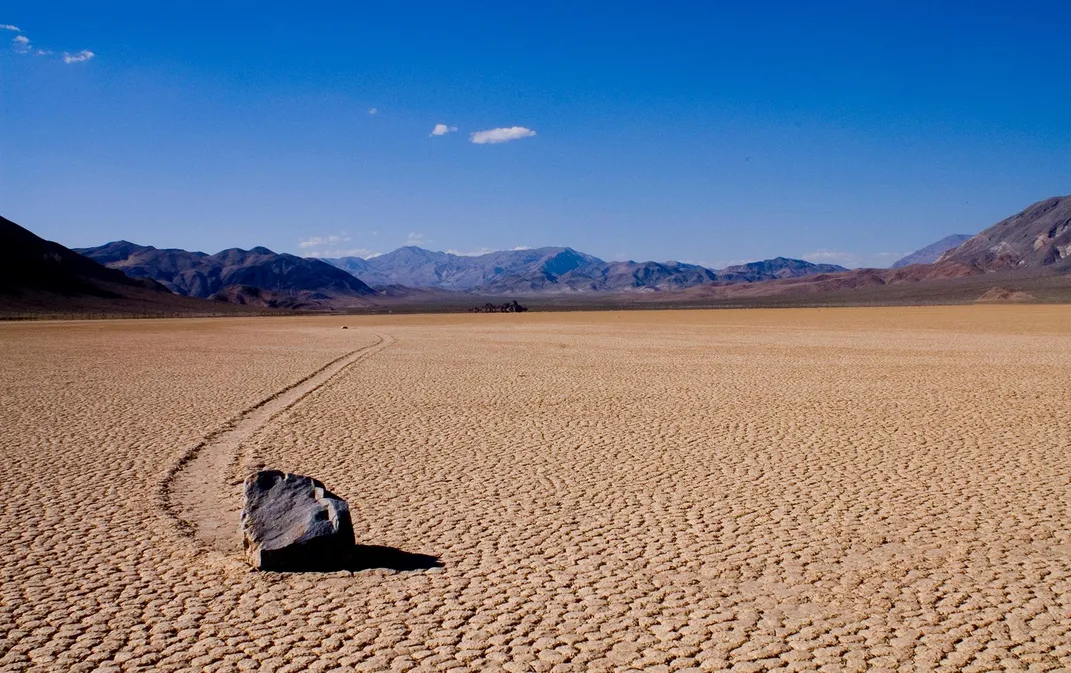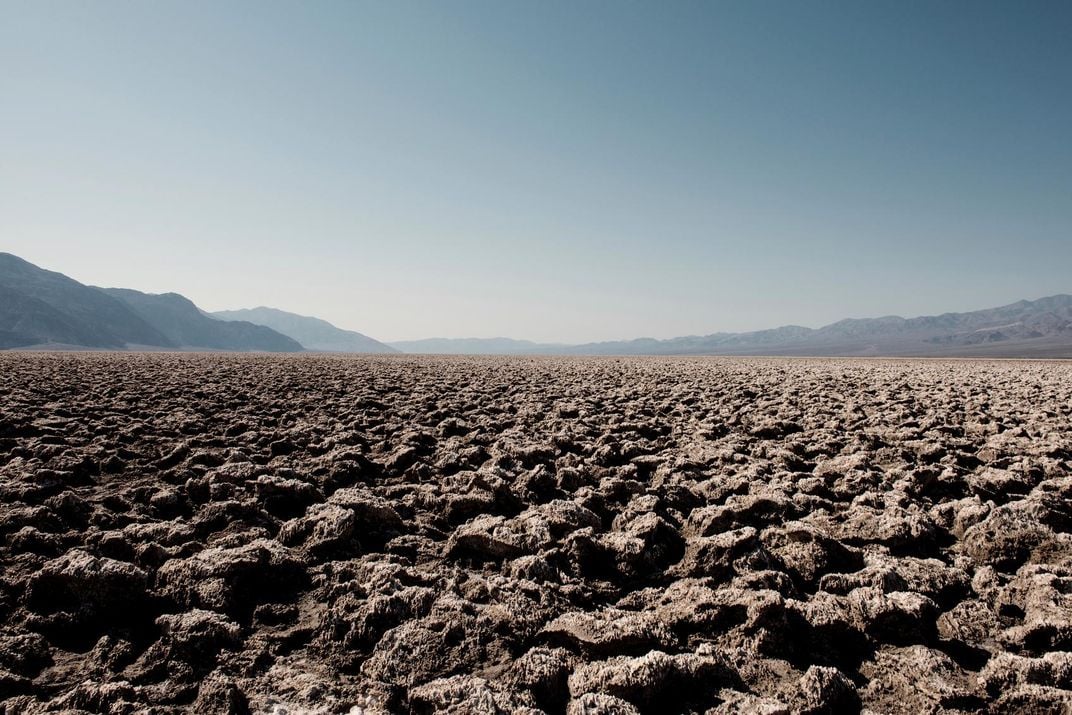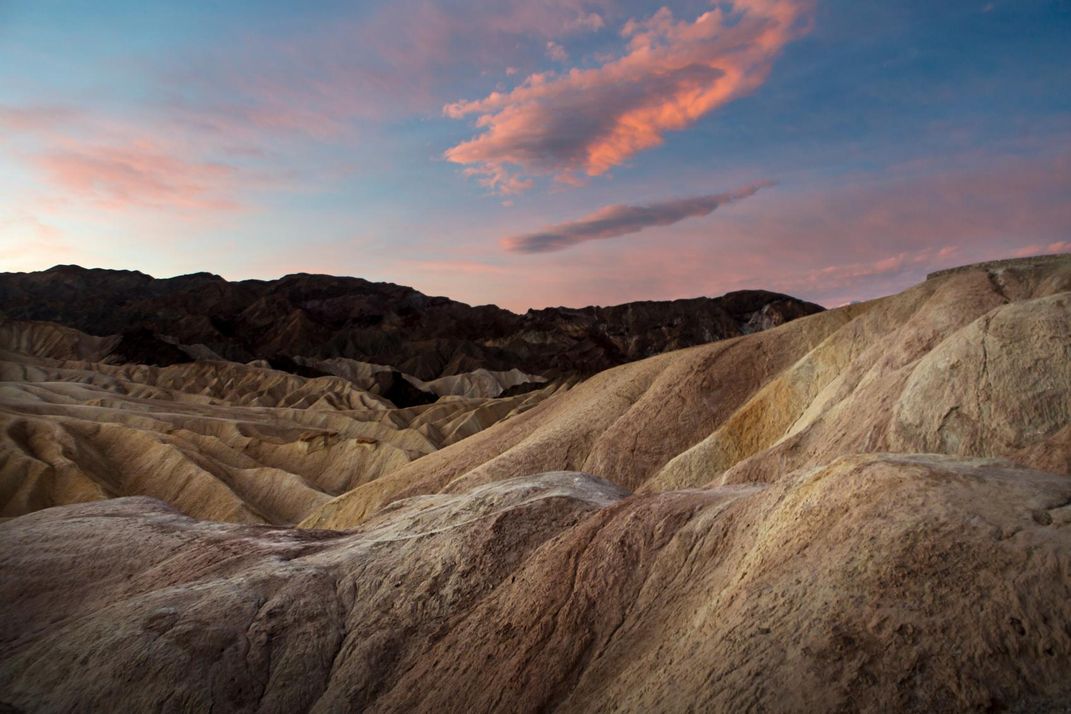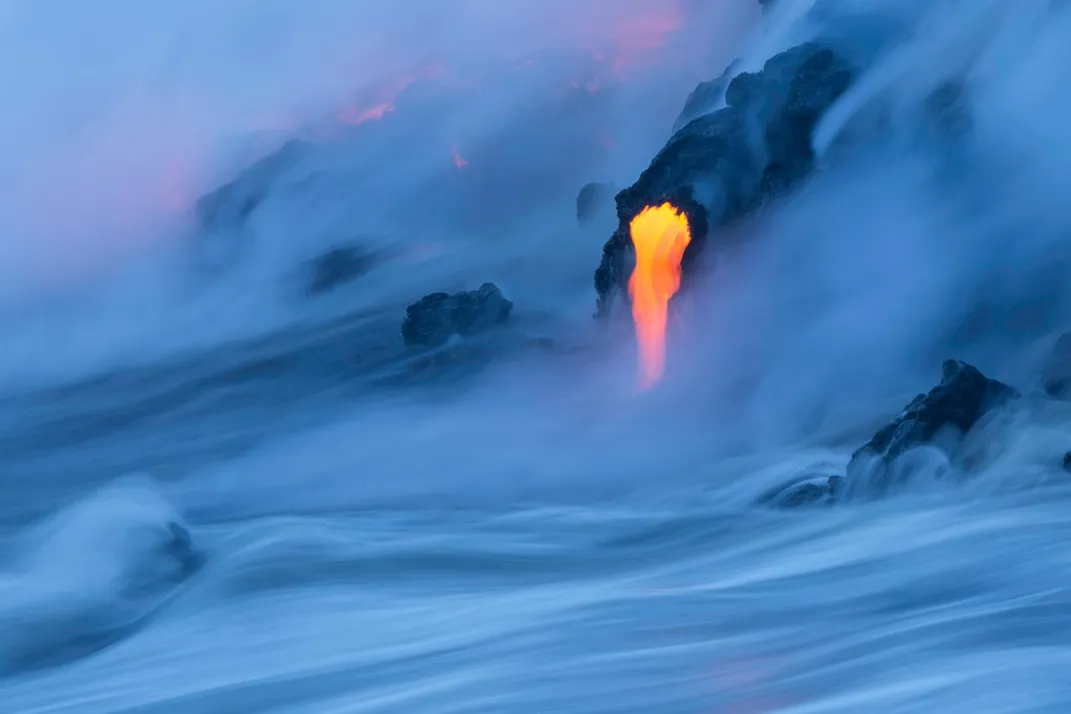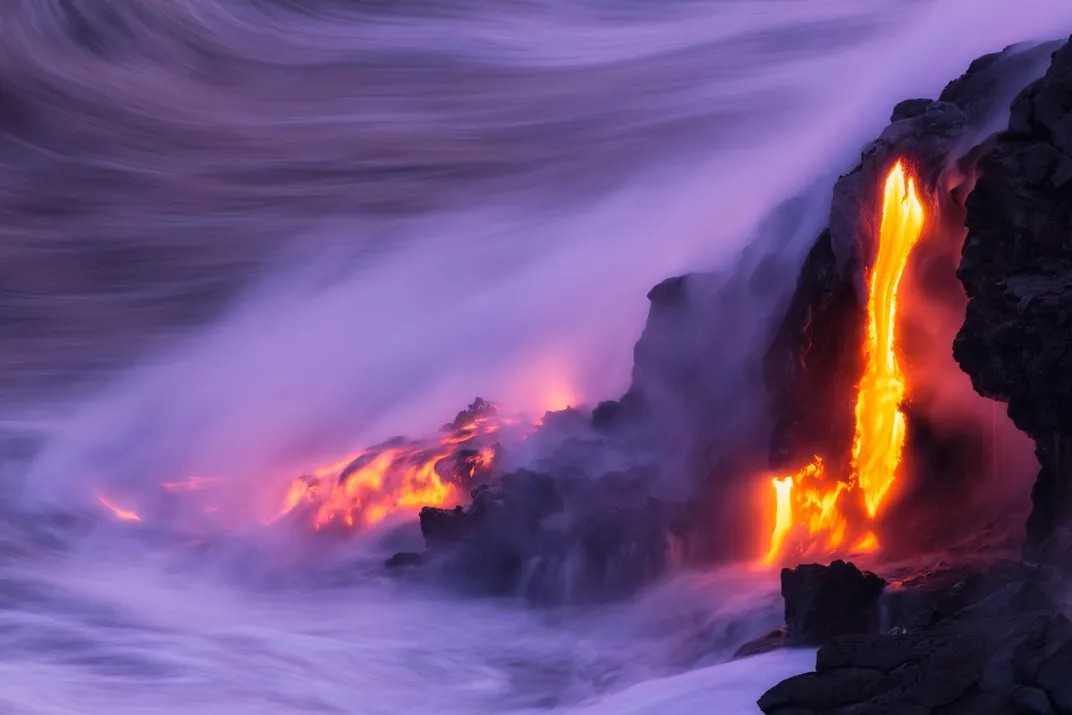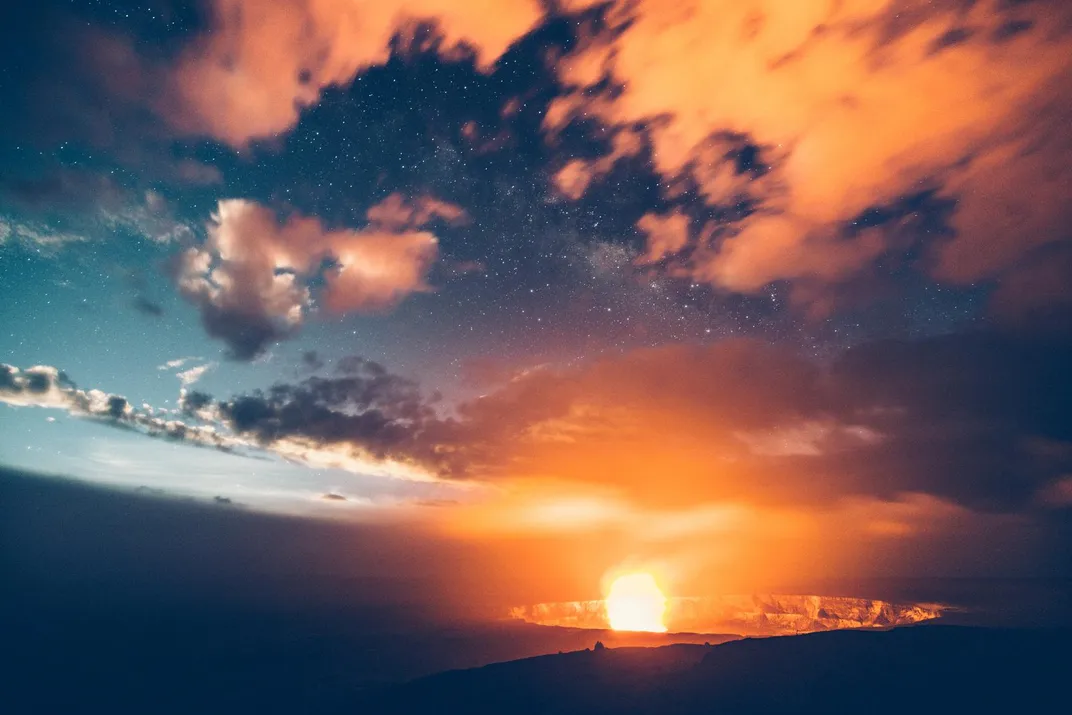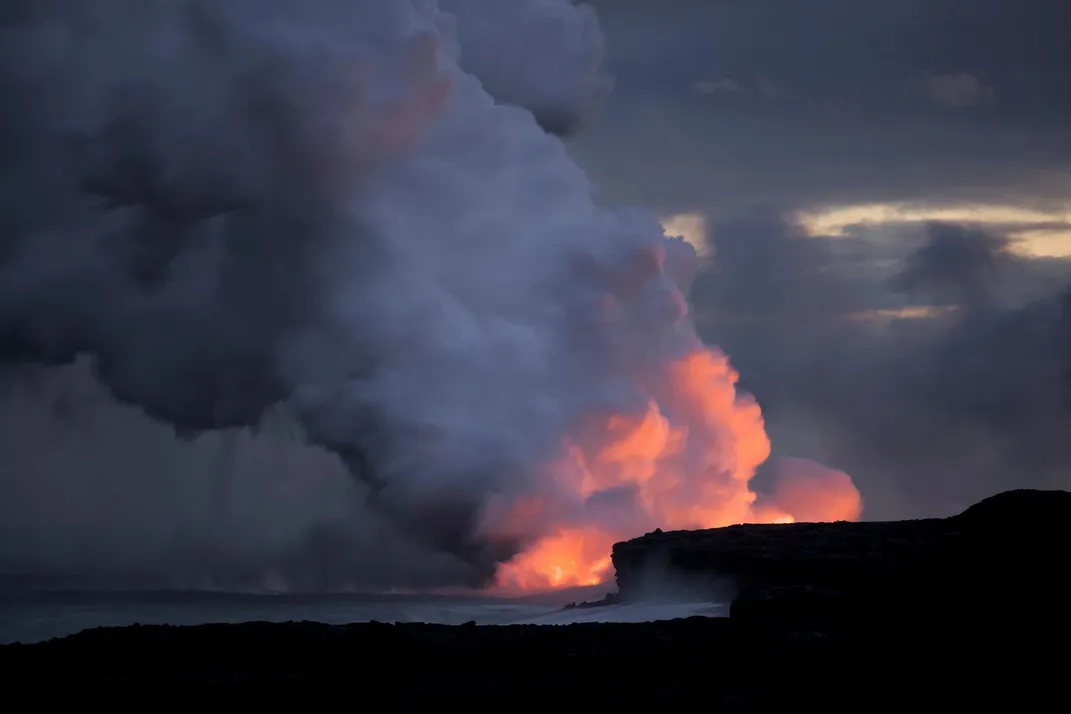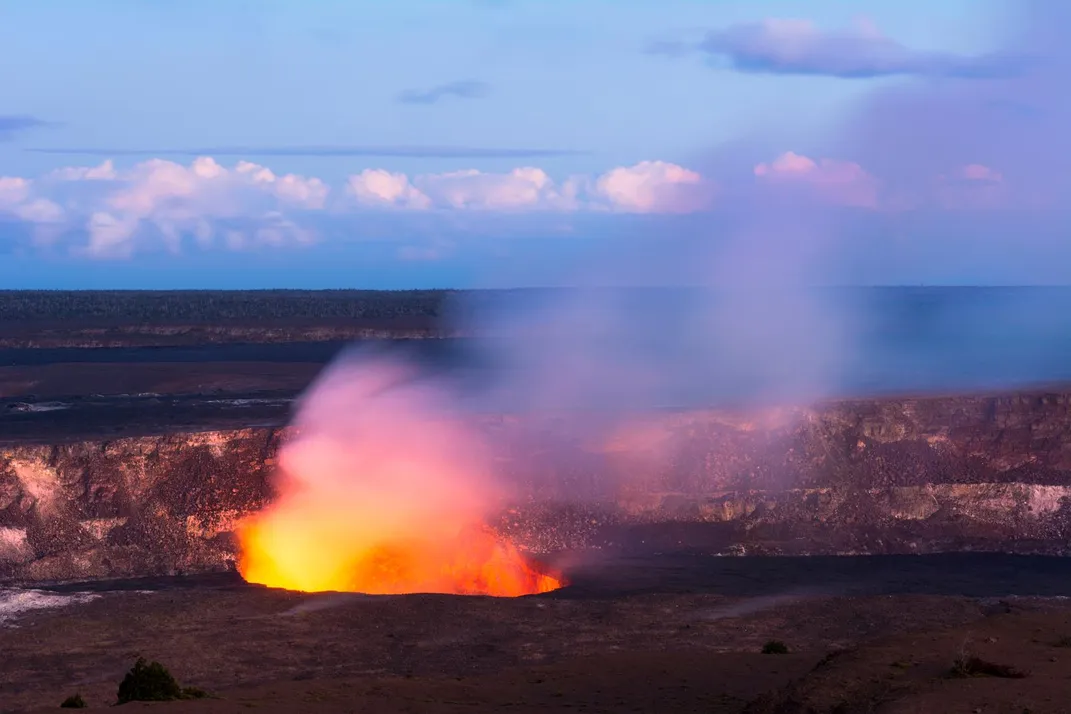Six Places on Earth That Scientists Say Look Like Other Planets
The eerie resemblance these locales have to Mars and beyond has attracted researchers for years
/https://tf-cmsv2-smithsonianmag-media.s3.amazonaws.com/filer/ef/5c/ef5cddbb-17b3-456d-993c-dcb8fc2b78ab/istock_28221956_medium.jpg)
What is it like to visit Mars? That’s a question that has been asked time and time again by movies, books and our imagination, but to date not a single human has set foot on the red planet. Our best views of the Martian landscape are thanks to NASA’s Curiosity Rover, which has been collecting images and samples since landing there in 2012. Although NASA has ambitious plans to change all this, their optimistic timeline has humans arriving on Mars sometime in the 2030s. If that’s too long of a wait, luckily there are a handful of places right here on our own planet that researches have identified as being eerily similar, or at least Earth's best approximation, to far-off places in our solar system. The bright side: All you need to get there is a passport and a plane ticket—no space shuttle required.
Highlands, Iceland
While images of wind-swept glaciers and geothermal pools are often what come to mind when you think of Iceland, this Nordic island is also home to a rocky region in its interior called the Highlands. According to NASA, the area resembles the geography found on Mars and has long been a testing ground used by scientists to better understand Mars’ geological formations. Investigation of the terrain has even proven helpful in deciding the best landing sites for spacecraft for when the times comes and humans do make it to Mars.
One expert, volcanologist Christopher Hamilton, who previously worked at NASA’s Goddard Space Flight Center and is now a member of the agency’s HiRise camera team, describes Iceland as a unique analog of Mars due to the extreme size of the island's volcanic eruptions. Eruptions, such as the 1783 Laki eruption that spilled out an estimated 14 cubic kilometers of basaltic lava, created large lava flows, similar to those found on Mars. In an interview with mbl.is, Hamilton explained:
These eruptions are so large that they're actually filling entire valleys. They move through and completely inundate the landscape and we refer to those as flood lava eruptions. On Mars, the volcanic eruptions are similarly so large that they just extend out over vast areas and are blocked by mountain ranges, valleys and other kinds of structures. They end up becoming more like lava seas or ponds which will fill and then spill into the next reservoir. That style of activity only occurs when you have a very large eruption in topographic confinement. We've been learning a lot about this unusual type of lava which you'd just never find in another place. You wouldn't find it in Italy or Hawai, but in Iceland these large fissure eruptions that happen every few hundred years really are our best window into understanding the mega-eruptions that have affected Mars' history.
Sahara Desert, Africa
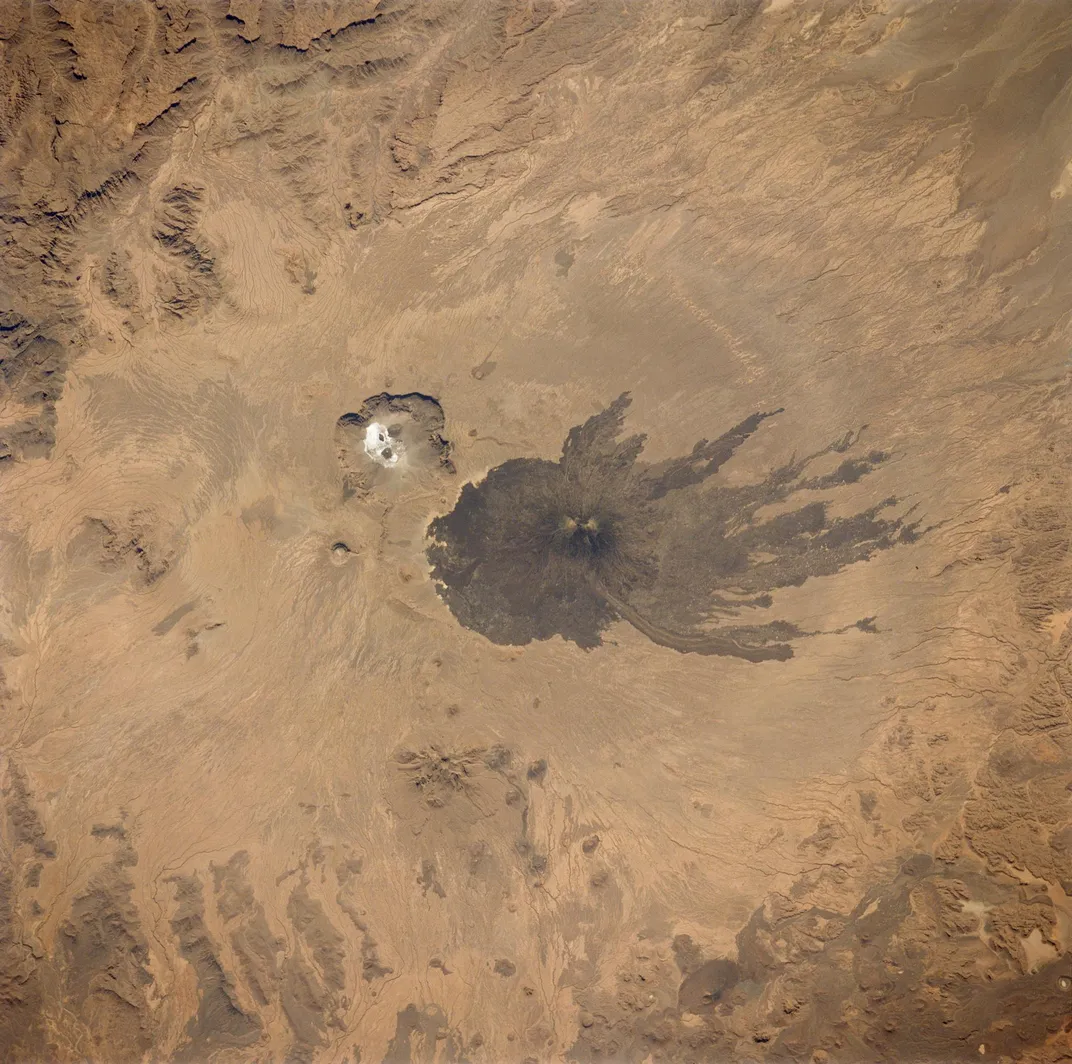
What many people may not realize is that the largest subtropical desert in the world is also home to a volcano. Located in Chad near the Tibesti Mountains and known as Emi Koussi, scientists have found that this shield volcano, a type of volcano defined by its shallowly sloping sides, is quite similar in structure to Elysium Mons, a volcano on Mars discovered in 1972 by Mariner 9, an unmanned NASA space probe. Not only do both volcanoes contain similar calderas, which are the bowl-shaped depressions that make volcanoes recognizable, and show signs of caldera collapse, but both also exhibit deep channels that are “the result of faulting followed by lava, which poured through them,” according to NASA.
Mauna Kea, Hawaii
Although luaus and sandy beaches are often considered the hallmarks of Hawaii, this tropical state is also known for its volcanoes. But one in particular has captured scientists’ attention: Mauna Kea, a dormant volcano on the Big Island. Thanks to its resemblance to a lunar crater, a spot on the lower slope of Mauna Kea has served as a testing ground for space rovers as part of a project called “in-situ resource utilization” (ISRU) conducted by NASA and international partners. The volcano's terrain, rock distribution, soil composition and permafrost make it an ideal location to test technologies designed to look for water ice in lunar or other planetary environments.
Death Valley, California
If there’s one place on Earth that has uncanny similarities to another planet, it’s most certainly Death Valley. NASA used this cratered, below-sea-level basin and national park in Southern California as a location to run tests before its Curiosity Rover landed on Mars in 2012. Its mission: to discover whether Mars’ Gale Crater is, or ever has been, able to support living microbes. (Findings thus far show that it was possible, considering that millions of years ago the crater was filled with water.) To test out the rover’s 10 scientific instruments, including a rock-zapping laser, researchers assessed a mock rover’s capabilities on the rocky landscape before Curiosity’s touchdown.
Devon Island, Canada
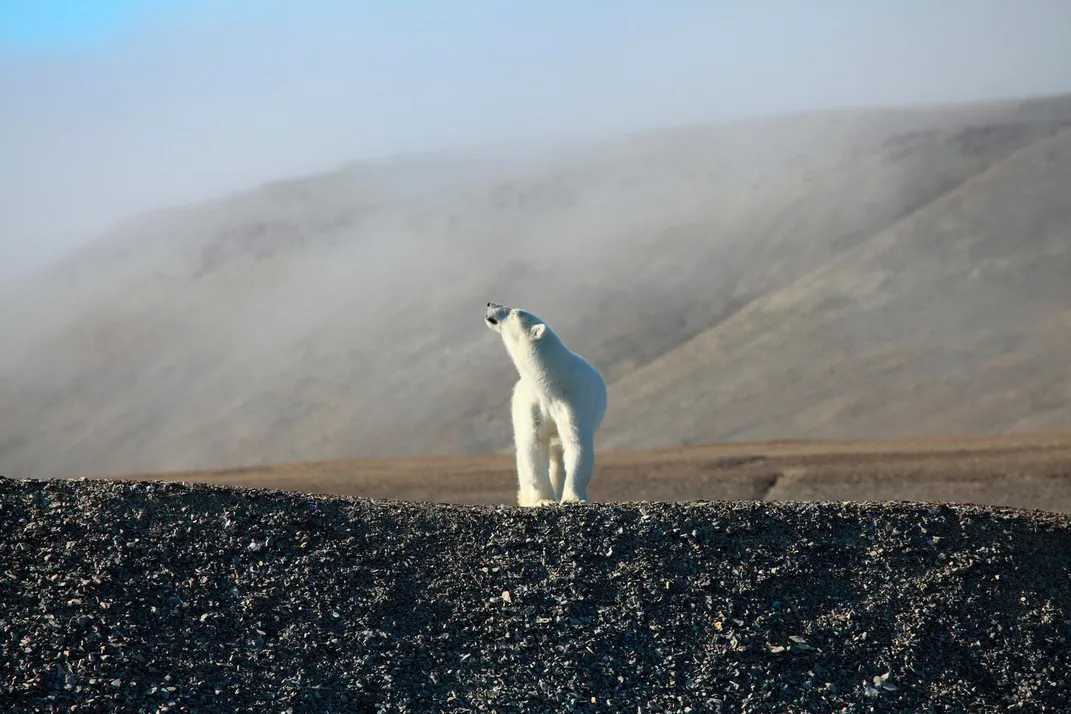
Part of the Canadian Arctic Archipelago, a group of islands located north of the country’s mainland, Devon Island is the largest uninhabited island on the planet, making it a prime spot for geological study. Every summer since 1997, The Haughton Mars Project, which is part of the Mars Institute, has been conducting studies on the rocky landscape of the surrounding terrain, an area much similar to what scientists have seen of Mars. Both locations are pockmarked with craters and loose rock, making Devon Island the ideal playground for researching extravehicular activities (EVA) and mining technology. Researchers regularly test prototypes here, including the K10, a robot that NASA designed to assist humans during future exploratory missions to Mars. At the testing site, encounters with rare life forms have occurred, in this case with the occasional curious polar bear.
Kilauea Volcano, Hawaii
Jupiter's moon Io is the most volcanically active spot in our solar system. Io is pockmarked with volcanoes, some of which are capable of spewing volcanic plumes (a mixture of gas and particles) 190 miles vertically. Back here on Earth, Hawaii is one of our planet's volcanic hotspots (though much less so compared to Io). After reviewing imagery captured by the spacecraft Galileo, NASA researchers noted Io's volcano Prometheus has an uncanny resemblance to one Hawaiian volcano in particular, Kilauea, located on the Big Island. Characteristics the two volcanoes share include "long-lived eruptions" and flows that travel through lava tubes, which produce plumes once in contact with cooler temperatures, which in Kilauea's case is due to its location near the Pacific Ocean. By studying Kilauea, scientists at the Hawaiian Volcano Observatory are getting a better sense of the causes of volcanism on Io, finding that a tidal process similar to what we see here on Earth could be at play.
/https://tf-cmsv2-smithsonianmag-media.s3.amazonaws.com/filer/fb/e3/fbe3cdb1-73ca-4c7a-b666-34150dc51b5a/iceland.jpg)
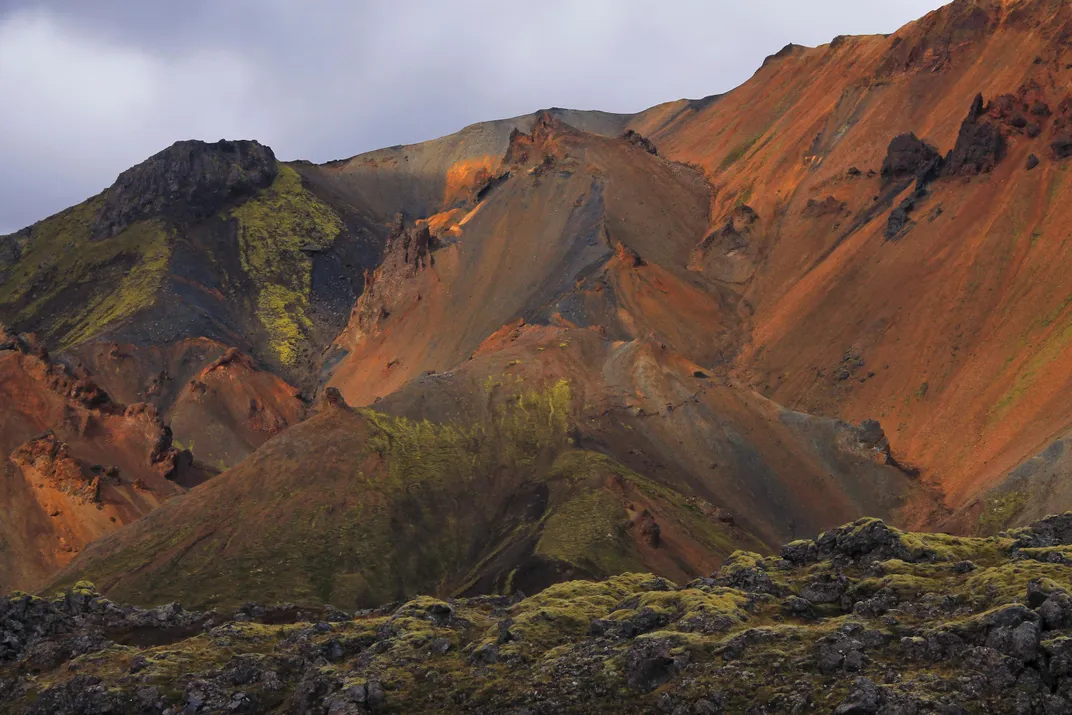
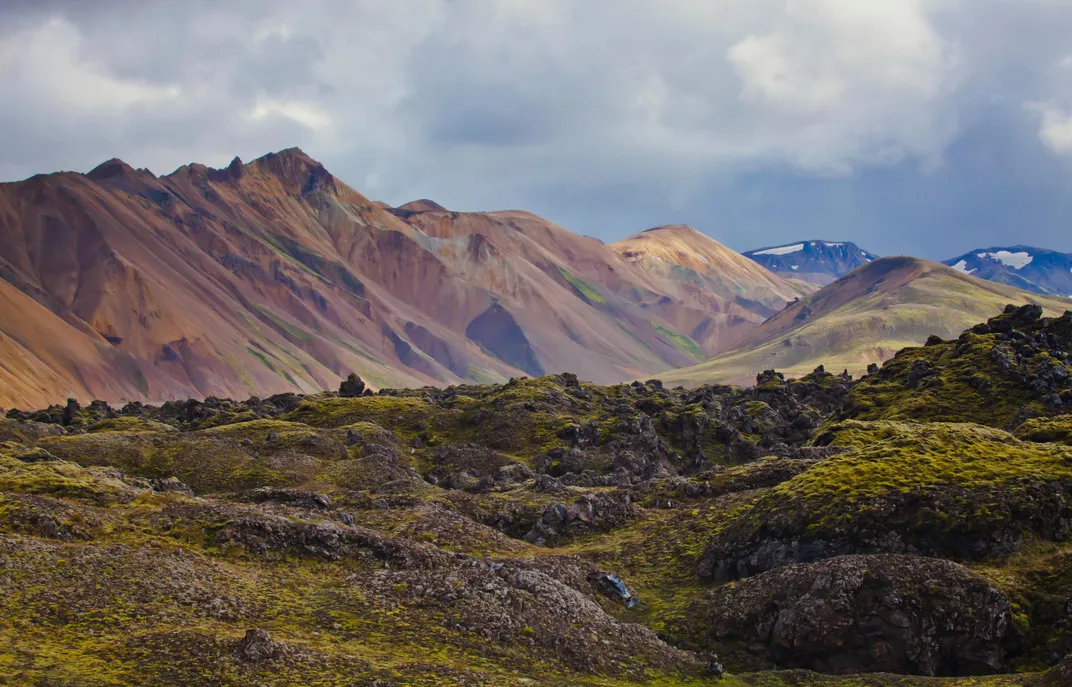
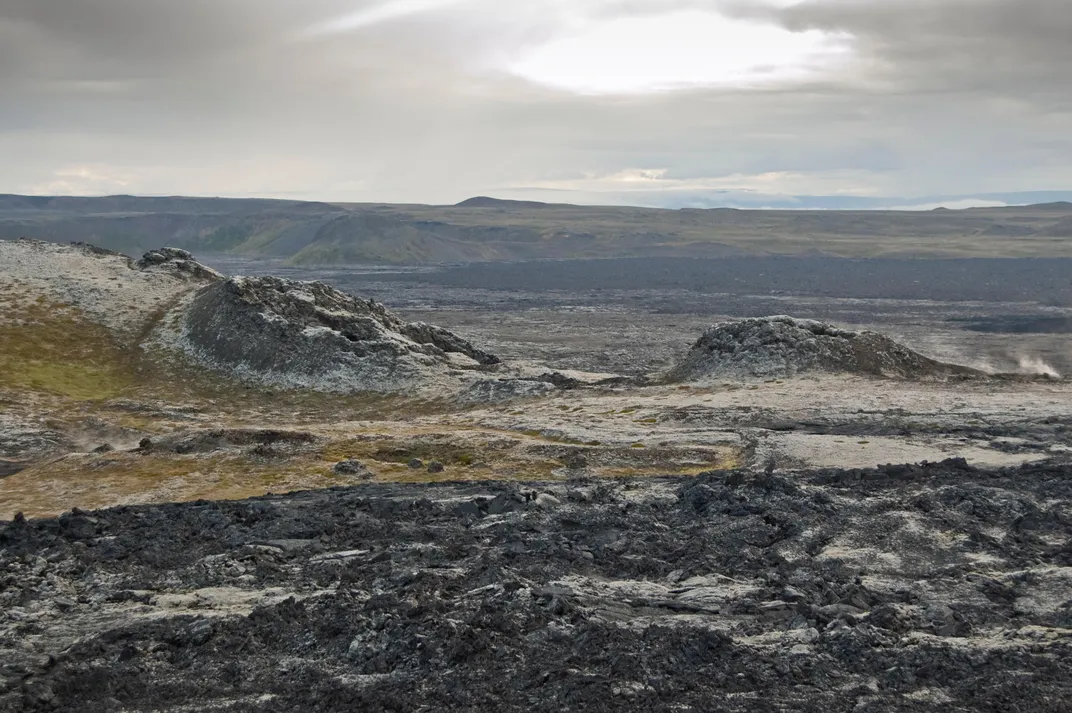
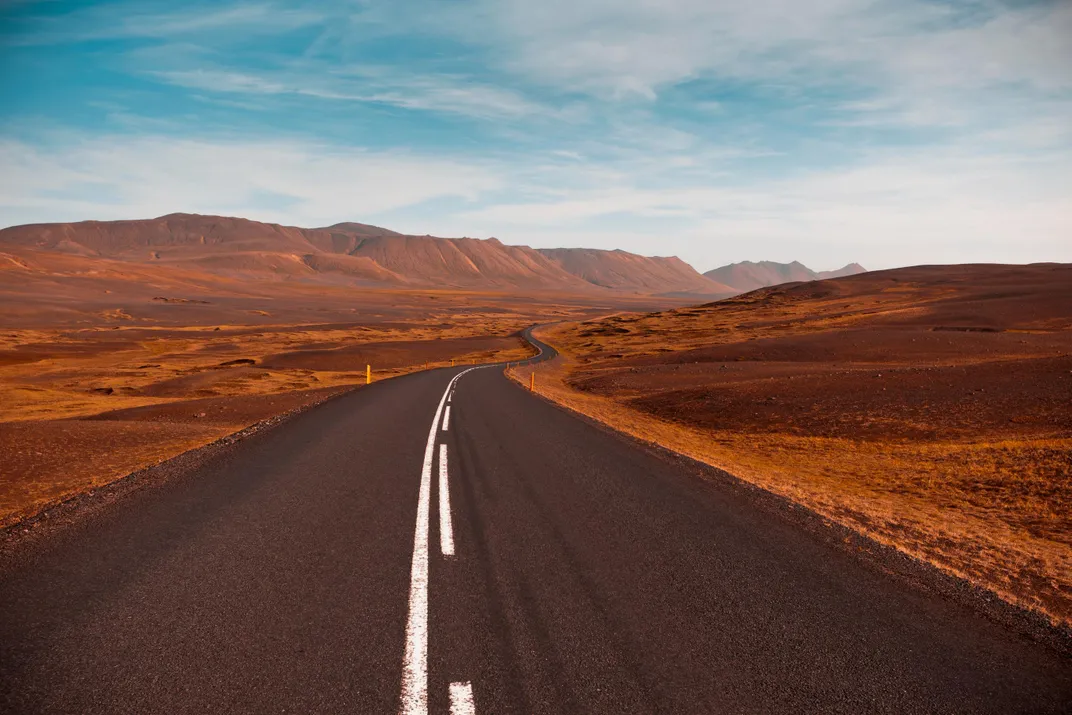
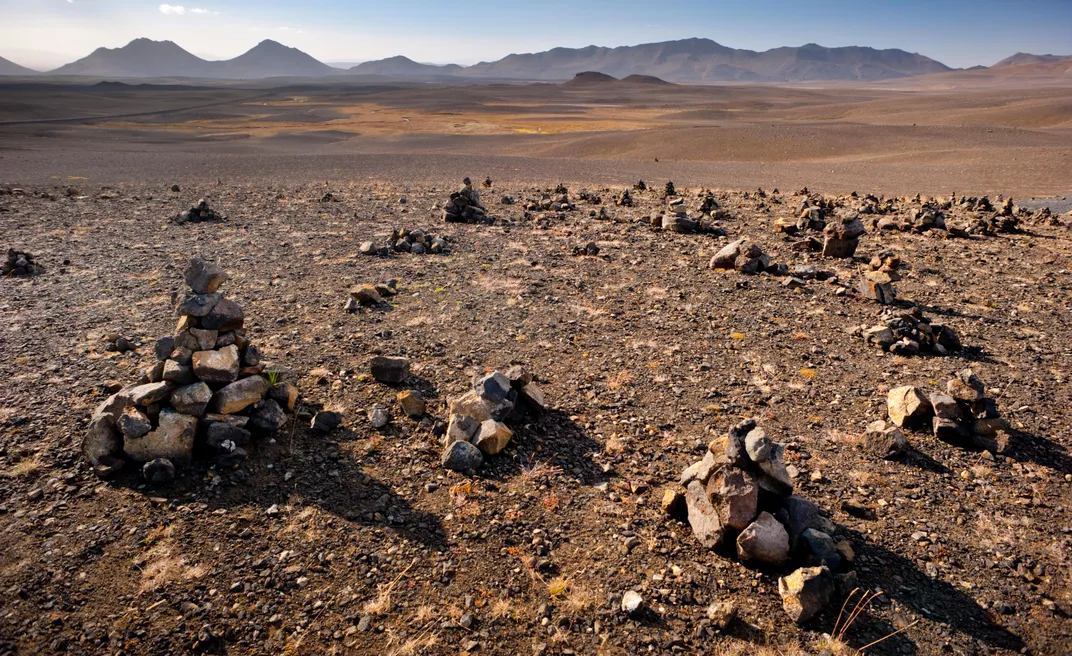
/https://tf-cmsv2-smithsonianmag-media.s3.amazonaws.com/filer/b2/85/b285dea3-76cf-46e0-a37e-3654b6df71f4/mauna_kea_hawaii.jpg)
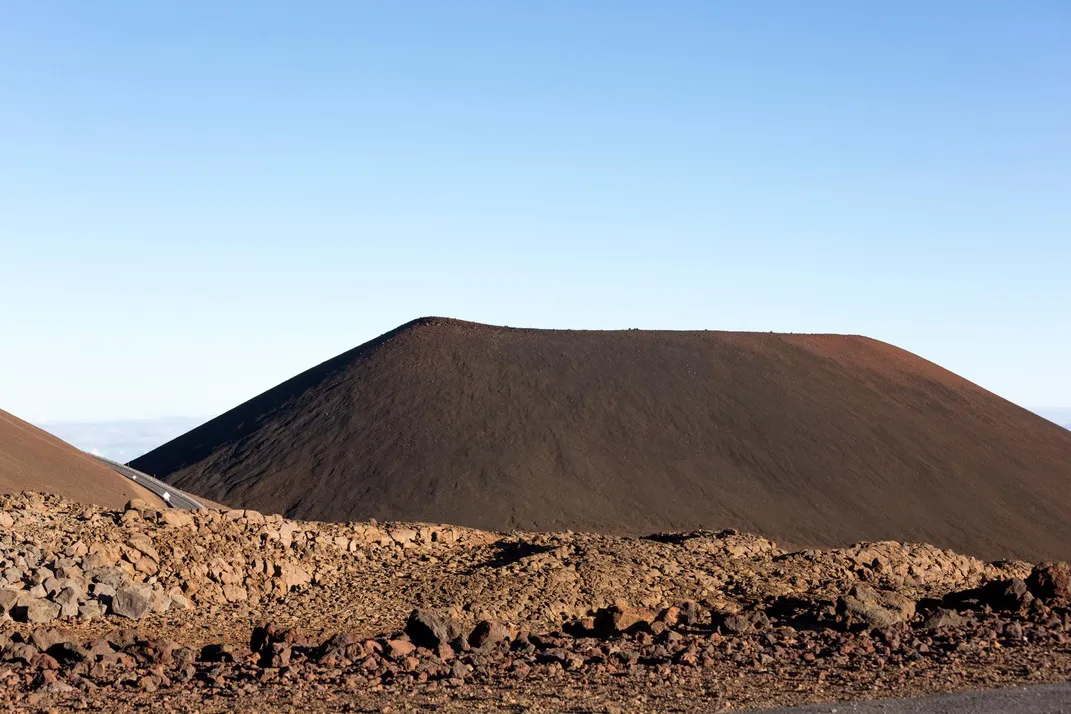
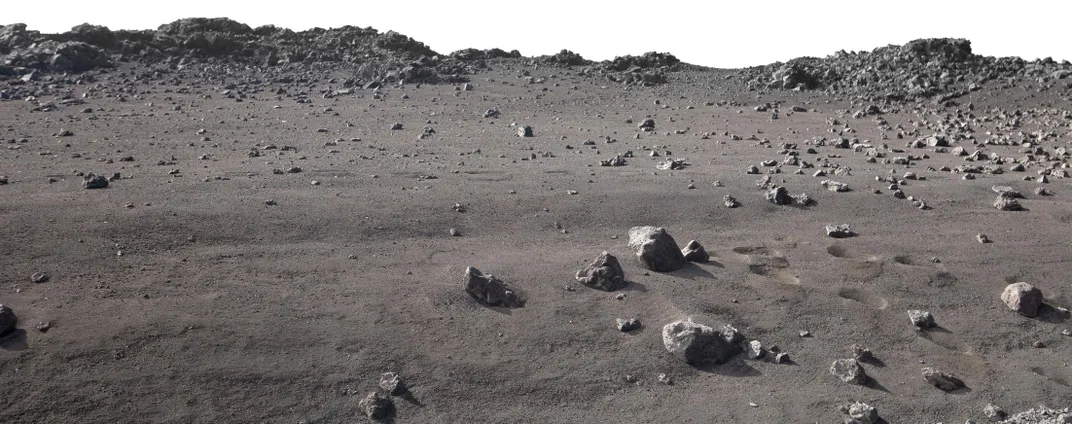
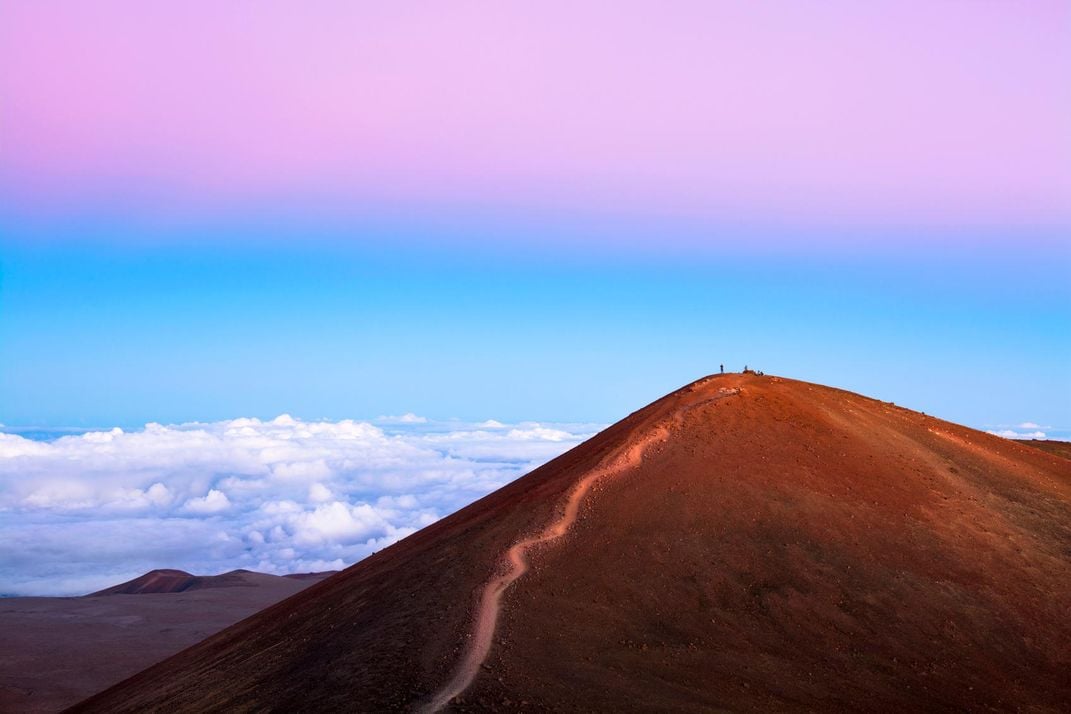
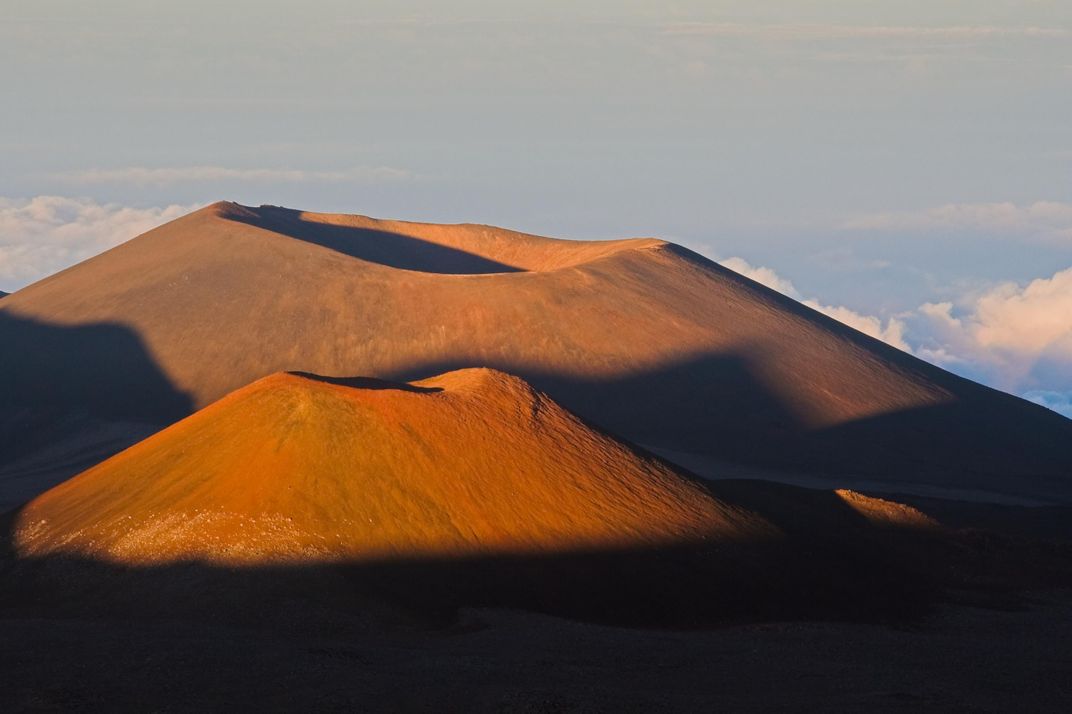
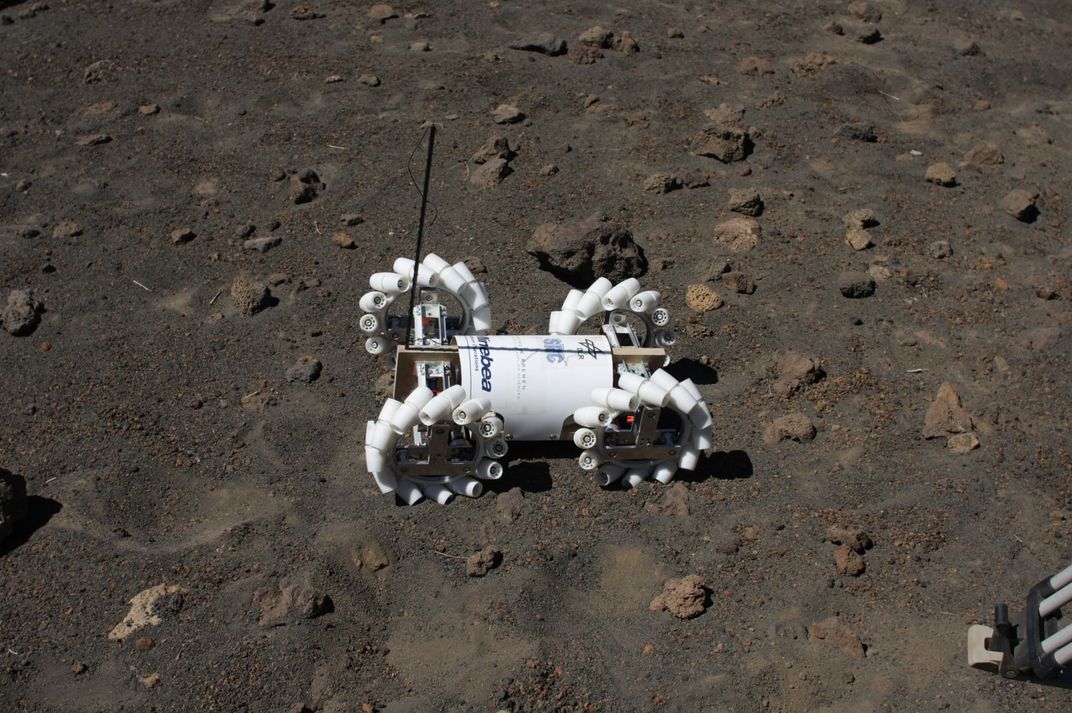
/https://tf-cmsv2-smithsonianmag-media.s3.amazonaws.com/filer/6b/21/6b2161c7-2b41-4b0d-80df-2ebf4197c8df/death_valley.jpg)
